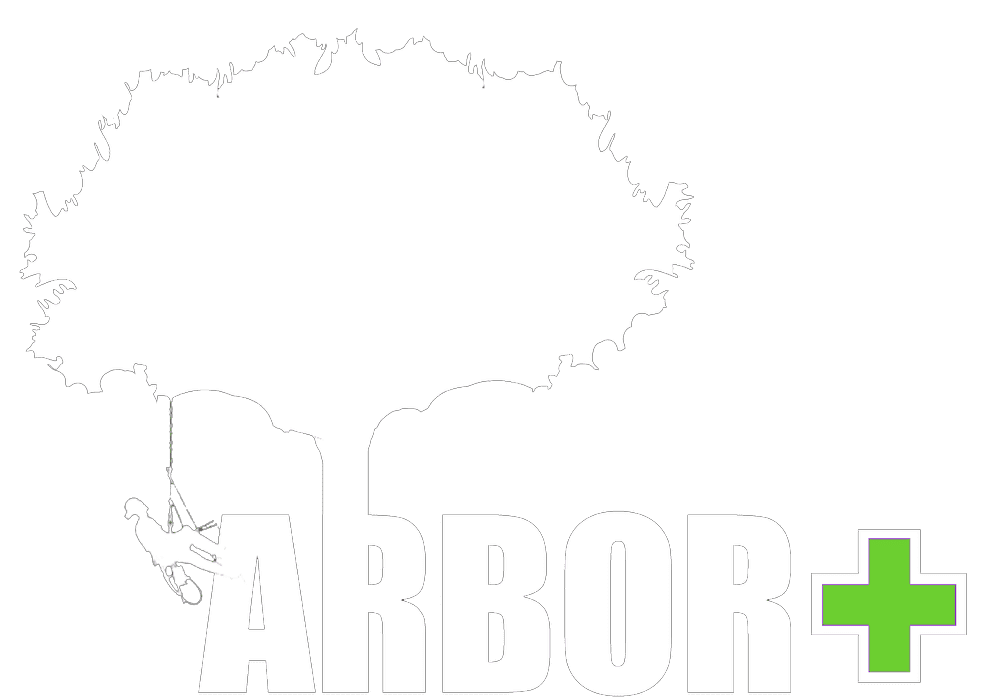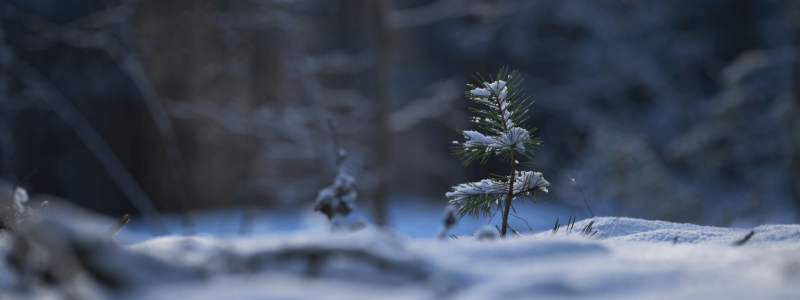Taking Care of Young Trees in Winter
Why are young trees more susceptible to winter damage than mature ones? It all comes down to their age and stage of development. Just like young children are more fragile than adults, young trees are more vulnerable to the harshness of winter. Why exactly are these fledgling saplings at risk? Let’s delve into the world of young trees and their specific needs for winter care.
Energy Reserves and Winter Struggles
These young saplings are just trying to adapt to the harsh realities of winter. Young trees haven’t yet built up the necessary energy reserves to face the winter head-on. They’re still in the process of establishing their roots, much like toddlers finding their balance when taking their first steps.
During winter, one common issue young trees face is salt damage. While it’s a problem for all trees, the ones trying to establish their roots are hit even harder. Their limited root systems struggle to absorb nutrients properly when exposed to salt, hampering their growth and overall health. This is why taking extra care of young trees during winter is so crucial.
Wrapping Up Young Trees
Properly wrapping the trunks of young trees is a simple but effective way to protect them from winter’s cold embrace. As winter approaches and frost starts to nip at your heels, consider wrapping young trees. This is especially important if you live in an area where snow is a rarity and your trees are not accustomed to heavy snow loads.
When wrapping these tender trees, focus on the ones with upright growing branches, as they are more prone to breaking or bending under the weight of snow. By wrapping them, you’ll help maintain their shape and reduce the risk of damage.
Defining “Young” Trees
Now, you might wonder, at what age or size should a tree be considered “young” in terms of winter care? It’s a fair question, and the answer isn’t set in stone. Generally, a tree can be considered young until it’s around five years old after planting. Size can also be a factor, but it varies by tree species. Remember, each tree is unique in its growth patterns, so there’s no one-size-fits-all answer.
Signs of Struggling Young Trees
It’s not always easy to tell when a young tree is struggling during winter, but there are some telltale signs to look out for. If the buds on the tree haven’t swelled by fall, it’s a clear indication that the tree might be in trouble. This typically means that the tree hasn’t stored enough energy to make it through the winter.
Discoloration of branches can also be a sign of winter stress. The cold, dry air and potential salt exposure can take a toll on a young tree’s leaves, causing them to lose their healthy green color.
Pest Prevention for Wrapped Trees
When you wrap your young trees for winter, you want to ensure that they don’t become a habitat for pests. Insects can be a problem, but they’re relatively easy to handle. Treating the tree with an insecticide will help keep these critters at bay. However, larger pests like rodents typically build their own nests or burrow into the ground, so they’re less likely to be an issue with wrapped trees.
Watering Young Trees in Fall
Watering young trees during fall is a bit of a balancing act. While mature trees can go without much fuss, young trees, especially those still establishing their roots, need extra attention. As winter approaches, make sure to water your young trees regularly, providing them with the moisture they need to survive the colder months. Aim for a deep watering every other week to keep the roots hydrated and healthy.
Staking with Care
Staking is a common practice for young trees, especially in windy areas. However, it’s essential to strike the right balance between providing support and allowing the tree to grow naturally. Ideally, you want to remove stakes or supports within a year of planting. Some trees may require support for a bit longer, depending on the conditions, but leaving them on too long can hinder the tree’s growth by preventing the development of supporting roots.
Species Vulnerability
While many young trees are susceptible to winter damage, some species are more resilient than others. For instance, palm trees may be more sensitive to the cold than other tree types. Additionally, newly planted trees and nursery stock that aren’t acclimated to local conditions can struggle during their first few winters.
Taking care of young trees during winter requires a blend of vigilance and gentle nurturing. These budding trees need a little extra love to thrive in the cold months. By wrapping them carefully, watching for signs of struggle, and providing the right support and watering, you can help young trees grow into strong, resilient adults. After all, it’s our job to ensure their success.

